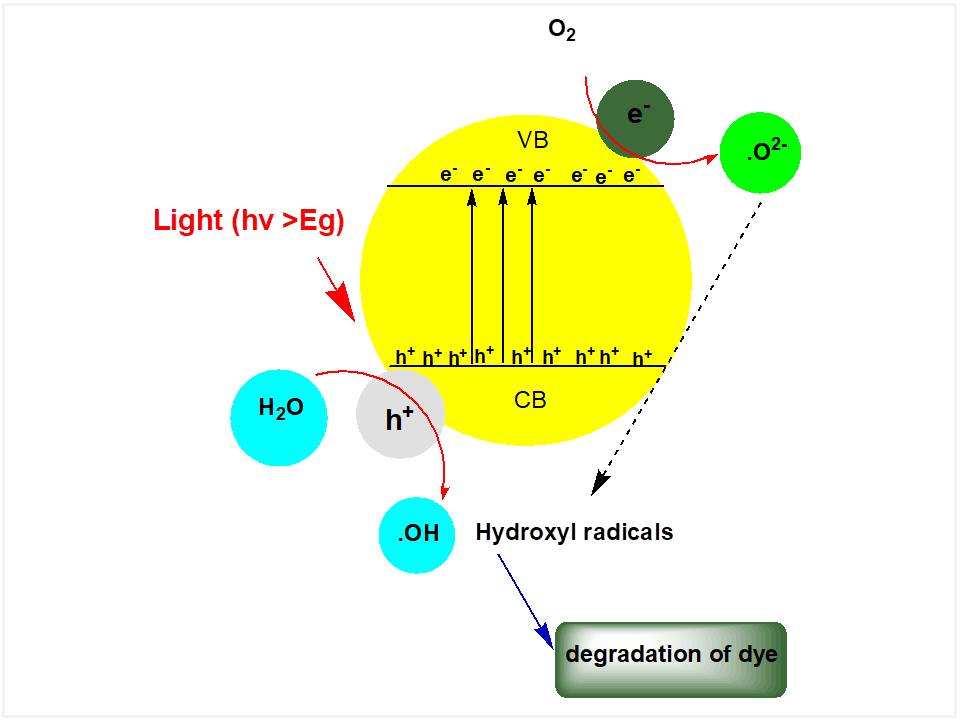Title
A Review on the Recent Development in Textile Wastewater Treatment Strategies: The Case of Doped-Titanium Dioxide as Photocatalyst
Authors
Asima Siddiqa,*a,c,d Saima Farooq,b Muhammad Siddiq,c Dilshad Masih,d Dalavar Anjumd and Sara Qaisara
aNanoScience and Technology Department, National Centre for Physics, Islamabad, Pakistan.
bDepartment of Biological Sciences &Chemistry, University of Nizwa, Oman.
cDepartment of Chemistry, Quaid-I-Azam University, Islamabad, Pakistan.
dKing Abdullah University of Science and Technology, Thuwal, Saudi Arabia.
*Corresponding author E-mail address: a.sam.malik@gmail.com (Asima Siddiqa)
Article History
Publication details: Received: 15th June 2020; Revised: 15th July 2020; Accepted: 16th July 2020; Published: 03rd August 2020
Cite this article
Asima Siddiqa; Saima Farooq; Muhammad Siddiq; Dilshad Masih; Dalavar Anjum; Sara Qaisar. A Review on the Recent Development in Textile Wastewater Treatment Strategies: The Case of Doped-Titanium Dioxide as Photocatalyst. Nano Prog., 2020, 2(4), 12-23.

Abstract
Realizing the importance of keeping our planet clean, researchers are actively working for eco-friendly alternative technologies for all areas of daily life. The presence of colored dye pollutants in water due to industrial, agricultural and domestic activities has led to the global need for the development of new and improved but efficient technologies to effectively address the challenges of water quality. Therefore it is necessary to develop technologies that could completely remove contaminants from contaminated waters. Semiconductor-mediated photocatalysis is a well-established technique for degradation of organic pollutants. TiO2 (titania) nanocatalysts have a proven potential to treat “difficult-to-remove” contaminants and thus are expected to play an important role in the remediation of environmental and pollution challenges. Doped-titania structures (nanoparticles, nanotubes, nanowires) are intended to be both supplementary and complementary to the present water-treatment technologies through the degradation of hazardous chemical wastes to innocuous end-products, that is, CO2 and H2O. This review article brings to attention the present scenario of water pollution, textile waste water, waste water treatment strategies, in particular, advancements of titania photocatalytic nanostructures in their use for water-treatment processes.
Keywords
Textile wastewater; Dyes; Photocatalysis; Degradation; Titanium dioxide; Doping